Archives
- 2025-12
- 2025-11
- 2025-10
- 2025-09
- 2025-03
- 2025-02
- 2025-01
- 2024-12
- 2024-11
- 2024-10
- 2024-09
- 2024-08
- 2024-07
- 2024-06
- 2024-05
- 2024-04
- 2024-03
- 2024-02
- 2024-01
- 2023-12
- 2023-11
- 2023-10
- 2023-09
- 2023-08
- 2023-07
- 2023-06
- 2023-05
- 2023-04
- 2023-03
- 2023-02
- 2023-01
- 2022-12
- 2022-11
- 2022-10
- 2022-09
- 2022-08
- 2022-07
- 2022-06
- 2022-05
- 2022-04
- 2022-03
- 2022-02
- 2022-01
- 2021-12
- 2021-11
- 2021-10
- 2021-09
- 2021-08
- 2021-07
- 2021-06
- 2021-05
- 2021-04
- 2021-03
- 2021-02
- 2021-01
- 2020-12
- 2020-11
- 2020-10
- 2020-09
- 2020-08
- 2020-07
- 2020-06
- 2020-05
- 2020-04
- 2020-03
- 2020-02
- 2020-01
- 2019-12
- 2019-11
- 2019-10
- 2019-09
- 2019-08
- 2019-07
- 2019-06
- 2019-05
- 2019-04
- 2018-11
- 2018-10
- 2018-07
-
br Regulation of the GLI code by non HH
2021-10-11

Regulation of the GLI code by non-HH signals and by the oncogenic load The GLI code may be seen as the essential parameter to regulate canonical HH output. Its regulation first appeared to be strictly dependent on the presence of specific levels of HH ligands. Indeed, GLI1 transcription is so far
-
valdecoxib This study compared PMS ascorbate and t BHP
2021-10-11
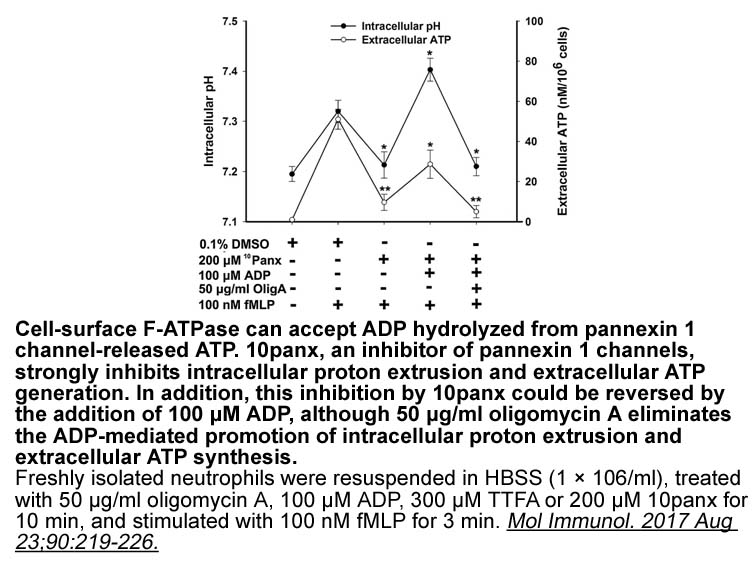
This study compared PMS+ascorbate and t-BHP in terms of their effects on the volume-dependent parameters of normal human RBCs. Incubation with both oxidative systems resulted in the RBC density and osmotic resistance distribution shifts. Clotrimazole or Са2+ added into the medium, as well as high ex
-
The schematic diagram of the antagonistic interactions of Zn
2021-10-11

The schematic diagram of the antagonistic interactions of Zn2+ and neurosteroids (NSs) at GABA-A receptors is summarized in Fig. 7. Neurosteroids exhibit powerful seizure protective effects against experimental seizures probably through the potentiation of synaptic and extrasynaptic GABA-A receptor-
-
The snapshots in Fig were
2021-10-11
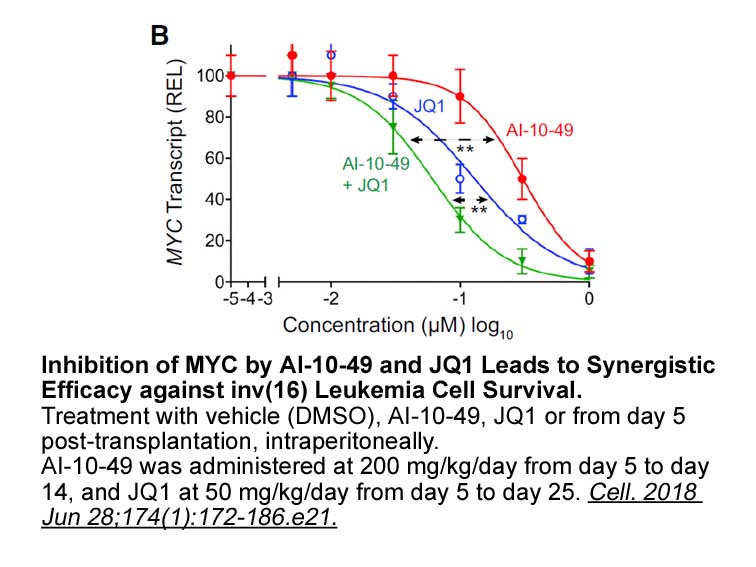
The snapshots in Fig. 5 were taken at the end of the first platteau i.e. for 5 Å rmsd or 4 ns time. Thus, we can see that the state of the i-motif affects the mechanism of the G-quadruplex unfolding. At acidic pH the stiff structure of the i-motif does not affect the bottom part (the innermost) of t
-
br Fenton reaction based nanomaterials for ferroptosis In Fe
2021-10-11
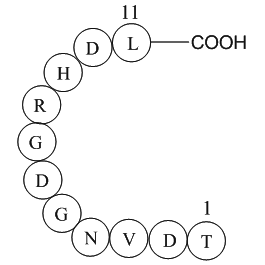
Fenton reaction-based nanomaterials for ferroptosis In Fenton reaction, H2O2 is converted by Fe2+ or Fe3+ to highly oxidative ROS (Eqs. (1) and (2)), which is commonly used to catalyze the degradation of refractory organics [34]. Since the tumor microenvironment is characterized by low acidity an
-
Recently IL was also identified as an important mediator of
2021-10-11

Recently, IL-10 was also identified as an important mediator of collagen deposition in the development of HF [64,65]. It was shown, that this cytokine activates macrophages found in the hearts of mice suffering from diastolic dysfunction in the autocrine manner [64]. In response, specific subset of
-
Compound containing dimethylglutarimide P cap P propyl group
2021-10-11

Compound containing, dimethylglutarimide P-cap, P propyl group, α-methylbenzyl urea resulted in inhibitor with much improved binding (=0.064μM) and EC=0.3μM. This was an aza-peptide analog with an EC comparable to our first generation clinical candidate . Analog was evaluated for its selectivity
-
br Materials and methods br Results br
2021-10-11

Materials and methods Results Discussion In this study, we demonstrated that zaprinast (a cGMP-PDE inhibitor) induced the intracellular calcium mobilization in the Annexin V-Cy5 Apoptosis Kit coexpressing GPR35 and Gqi5, Gqo5, or Gα16. Induction of intracellular calcium mobilization by zap
-
To facilitate the development of novel diagnostic
2021-10-11

To facilitate the development of novel diagnostic and therapeutic interventions in NASH, a plethora of animal models have been used to identify molecular targets that are involved in the onset and progression of NASH. In view of recent advances in the understanding of the pathogenesis of NASH and pr
-
Flavonoids are able to modulate proinflammatory signaling
2021-10-11

Flavonoids are able to modulate proinflammatory signaling pathways to prevent OS and apoptosis [139]. Paraoxygenase-2 (PNO2) is an enzyme involved in neuroprotection by preventing OS mediated damage in mitochondria. Flavonoids can modulate the JNK/AP-1 pathway to increase expression of PNO2 [111].
-
Although we showed that RBL H Sc cells took up
2021-10-11
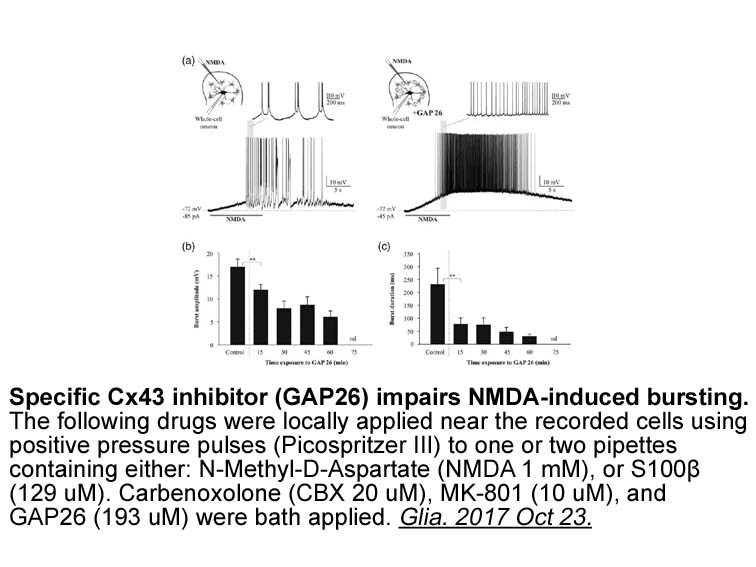
Although we showed that RBL-2H3 Sc98 2825 took up histamine from the microenvironment, it was unclear which transporter mediated its passage across the plasma membrane. Other biogenic amines have selective transporters that belong to the neurotransmitter sodium symporter family, including SERT for
-
Cortisol is a natural glucocorticoid hormone produced
2021-10-11

Cortisol is a natural glucocorticoid hormone produced by the adrenal cortex. Its secretion is stimulated by the sympathetic nervous system, and its main function is to mobilize energy to protect the homeostasis of vital biochemical processes during physical and psychological stress [14]. Chronic lev
-
Knowing that our strongest phenotypic
2021-10-11
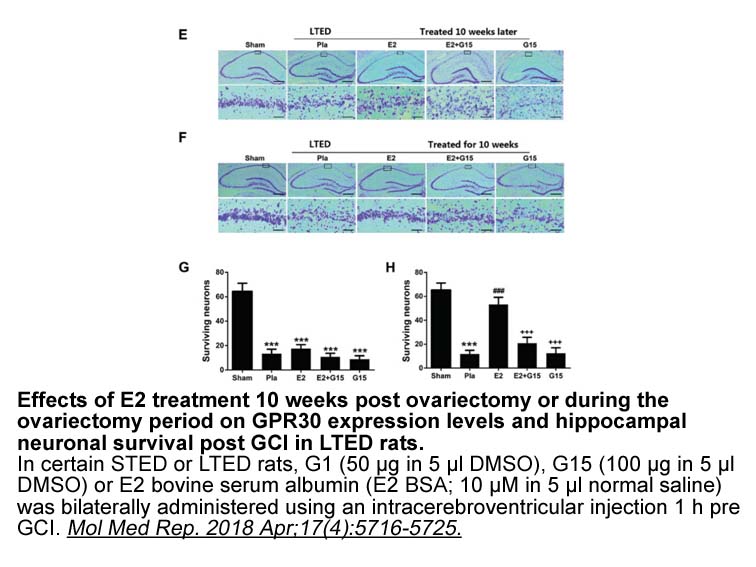
Knowing that our strongest phenotypic differences between the genotypes involved feeding behavior in various contexts, we decided to examine the case of restricted feeding and food anticipatory activity. Animals faced with a restricted schedule of food availability develop a series of anticipatory b
-
br Role of BKCa in Cardiovascular System br Perspective
2021-10-11
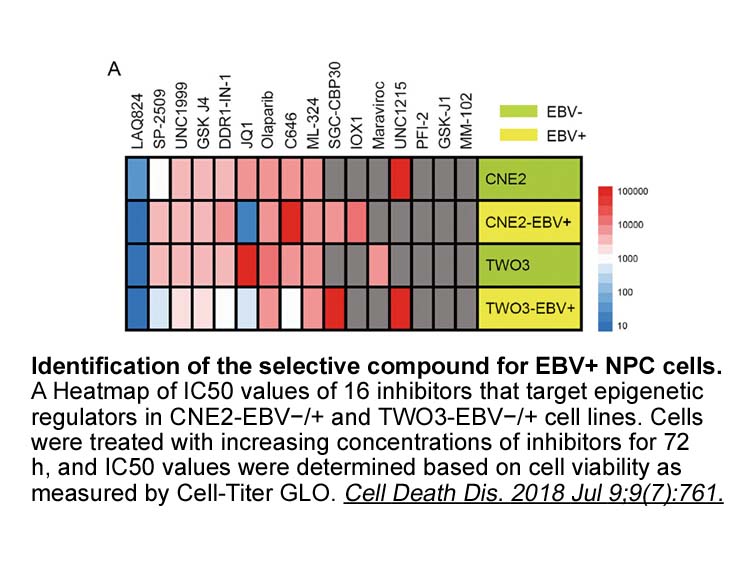
Role of BKCa in Cardiovascular System Perspective for BKCa Channels as Potential Target for Cardiovascular Diseases The intermediate conductance Ca-activated K+ channels (IKCa; KCa3.1, also known as SK4, IK, IKCa1, SMIK) were first discovered in erythrocytes by Gardos (1958) and then also fo
-
br Acknowledgements br Introduction This article similar to
2021-10-11

Acknowledgements Introduction This article, similar to those before [1,2], presents a selection of nails for those red blood cell physiologists with hammers. The various topics are not necessarily lost for, like occupants on a carousel, they reappear periodically. Sometimes, however, some arti
16589 records 604/1106 page Previous Next First page 上5页 601602603604605 下5页 Last page